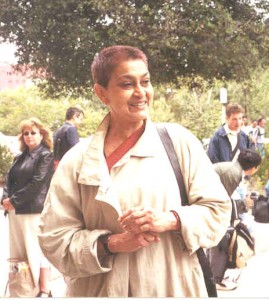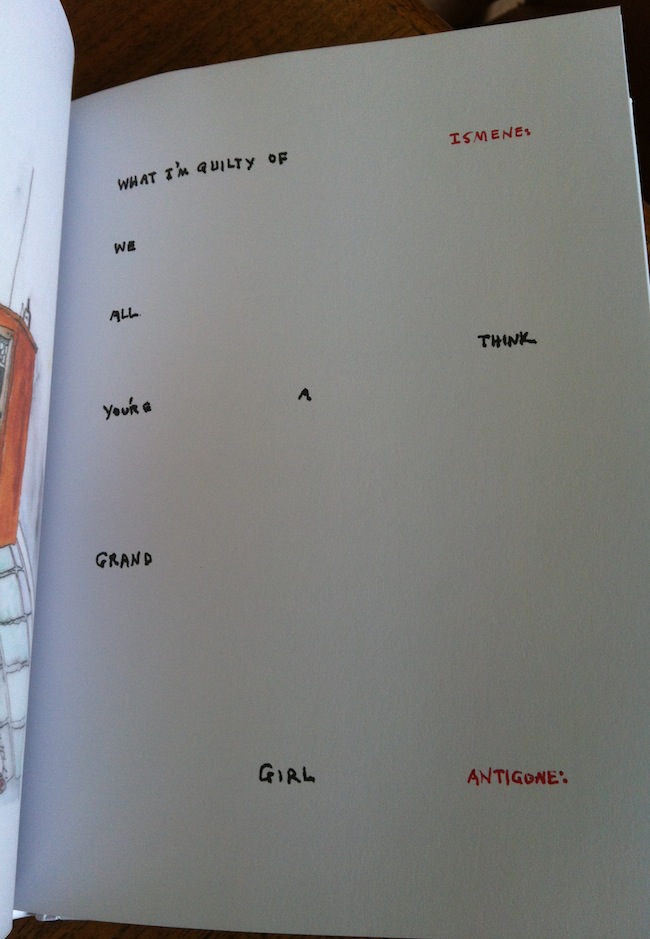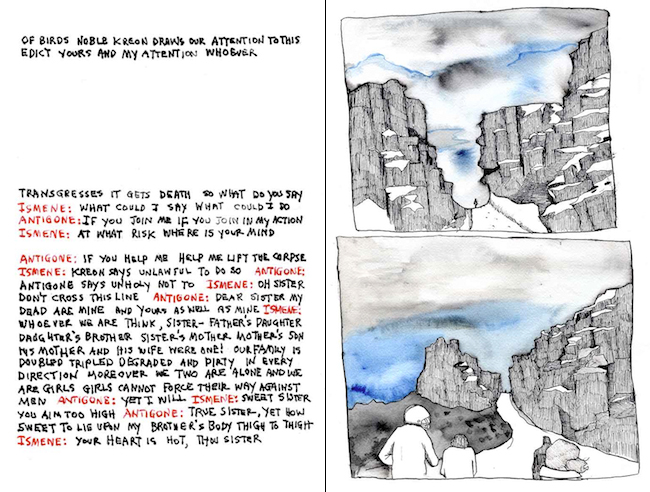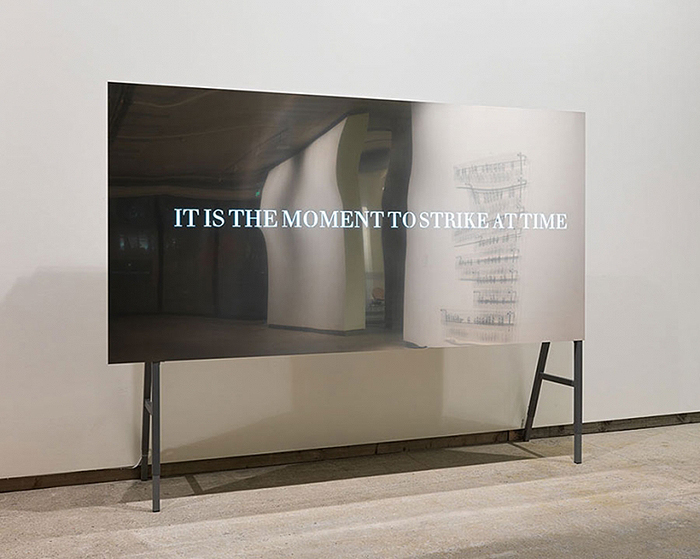I mentioned yesterday that I began writing about Occupy with a post called “Occupy Theory” back in October 2011. What are the uses for “theory” in the movement now? There are many pieces to be taken from past work, but the theory we are practicing now is inventing itself as it goes, mutual aid as a new kind of autonomy.
Looking back over the past year, Rancière, Hardt and Negri and Zizek have all appeared in my posts, together with discussions of essays and web publishing. However, within the movement, much of this has been received with a certain skepticism. It seems to have been written by academics acting as spectators, looking in for a while, and then heading back to their offices to write an essay or two. Now we’re beginning to see work from activists, like the new collection Is This What Democracy Looks Like? from Social Text.
Why does this matter? Occupy did not recognize itself in its representations, as is so often the case. Some would say that is the virtue of the disinterested study. Certainly, there’s also the long legacy of a certain form of mimetic identity politics at work here as well. That is to say, it has remained the case that many people feel that only those directly interpellated by a specific form of identity can convincingly speak to that identity. This caution has hindered the movement from engaging with questions of racialization, for example.
There’s also a good reason for this hesitation. Most of the theory we already have emerged as a response to a certain set of crises. I have come to feel that the crisis of 2008-11 and after is a distinctly new form to which the older set of analyses do not correspond. More precisely still, the tactics that they propose as political responses are not quite adequate to the present crisis.
In this view, post-structuralism and Western Marxism, so hegemonic in university humanities departments as to have become a new scholasticism, were responses to the failures of 1968. In France, the political outcome was often to form groupuscules, little groups, concentrating on specific issues. Foucault for example worked in the GIP (Groupe des Informations sur les prisons/Group for Information about Prisons) that played a major role in changing penal practice and ending the death penalty. Of course, such groups continue to exist and do excellent work. Yet it does not feel like a new solution to propose developing the movement in this way.
Cultural studies and varieties of Gramscianism were explicitly about negotiating the rise of Thatcherism and what we have since called neo-liberalism. In Britain, Stuart Hall, Eric Hobsbawm and Beatrix Campbell proposed a broad alliance against Thatcherism. While that tactic might have been interesting, what actually happened was that the supposedly centrist Liberal Democrats consistently enabled the Thatcherites to exclude Labour until Labour became Thatcherite. In the US, the Obama election of 2012 was just such a broad anti-neoliberal alliance. Its outcome already appears weak and uncertain, even to liberals (US-style).
Autonomia and the other Italian radicalisms are closer, in that they clearly respond to austerity and precarity. The Italian political situation of the 1970s with its factory occupations and active armed resistance was, however, very different to the US today. The point of intersection comes with the refusal of work and the refusal to pay increased prices or debts. The US social movements of 2011 drew directly from the horizontalidad of Argentina and other Latin American resistance movements like the Zapatistas. The sheer violence of policing made it harder for us to persist with this approach in the form of assemblies.
What has now begun to emerge as the democratic form being theorized in practice by Occupy (or whatever we are now) is mutual aid. In a sense, though, mutual aid is not democracy in the classic sense, although it very much it is in the movement sense of course. That is, democracy is a form of rule by a circumscribed group of people known as the demos, the people. Entry to “the people” is hard, as anyone who has tried to immigrate can tell you. There are blatant racialized exclusions, especially in relation to so-called “felons.” And mutual aid is, crucially, not about rule. It offers an engagement without preconditions that is not charity but a form of self-fashioning via the collective.
It’s obvious that the problem here is scale. But that is a problem across the globalized world-system. What makes this moment of mutual aid different and why it takes on a new urgency is precisely the planetary limit to growth–in short, a changed understanding of scale. Because we can’t afford the 250+ floods a year that there will be in New York by 2080 (according to the state’s own report) if we don’t radically reconfigure the fossil fuel economy. And doing that will be mutual aid as democratic autonomy. Work to be done.





